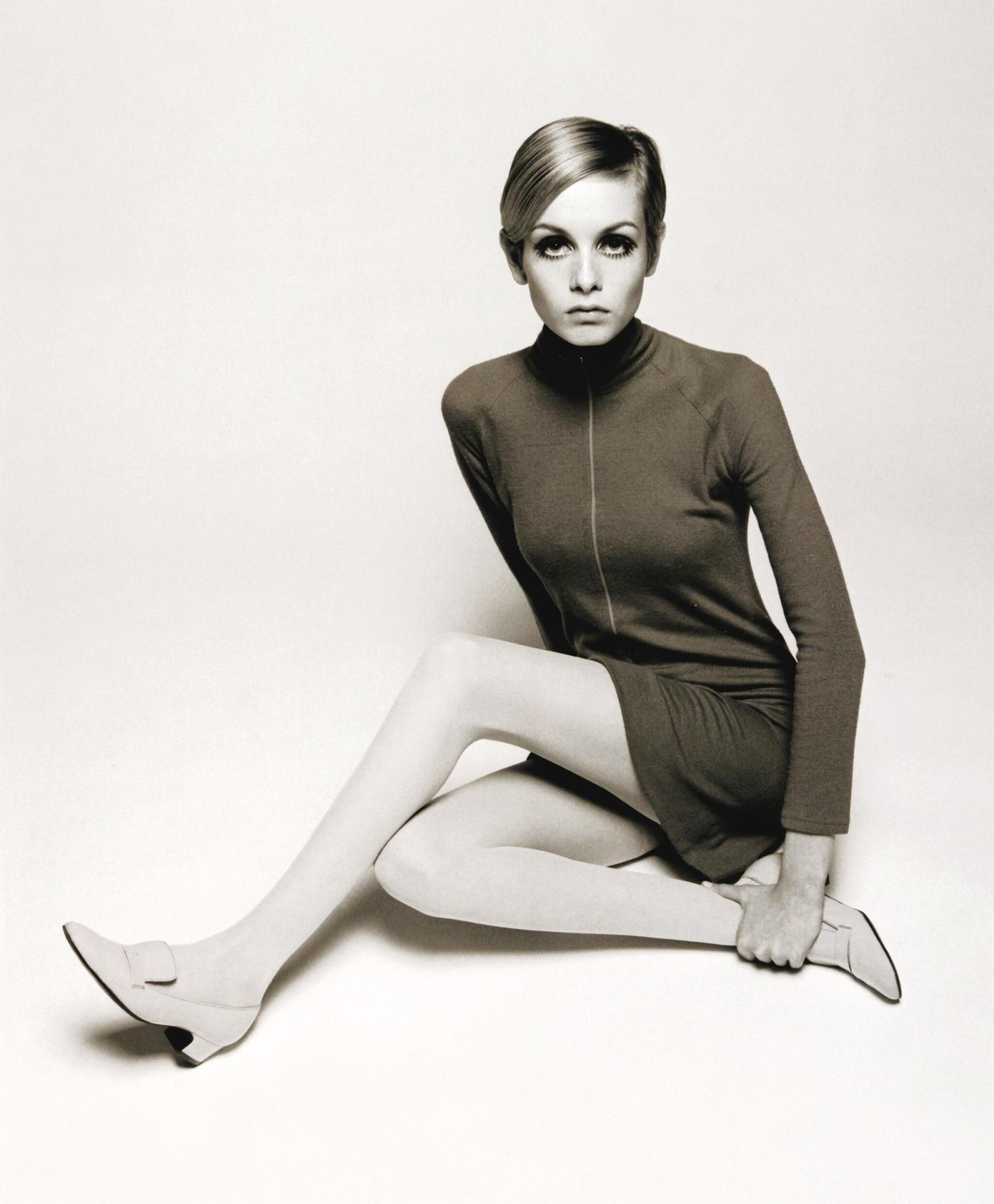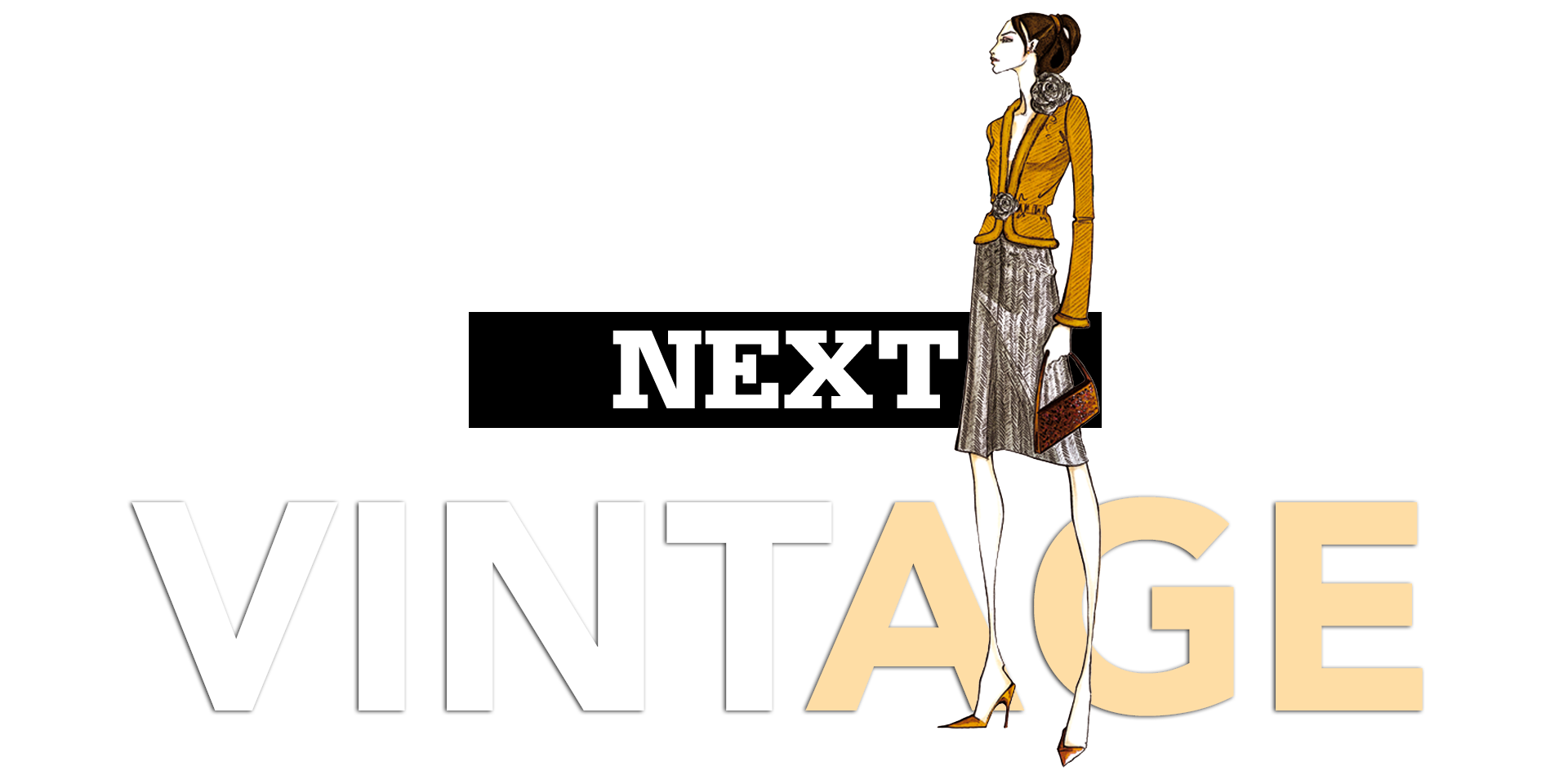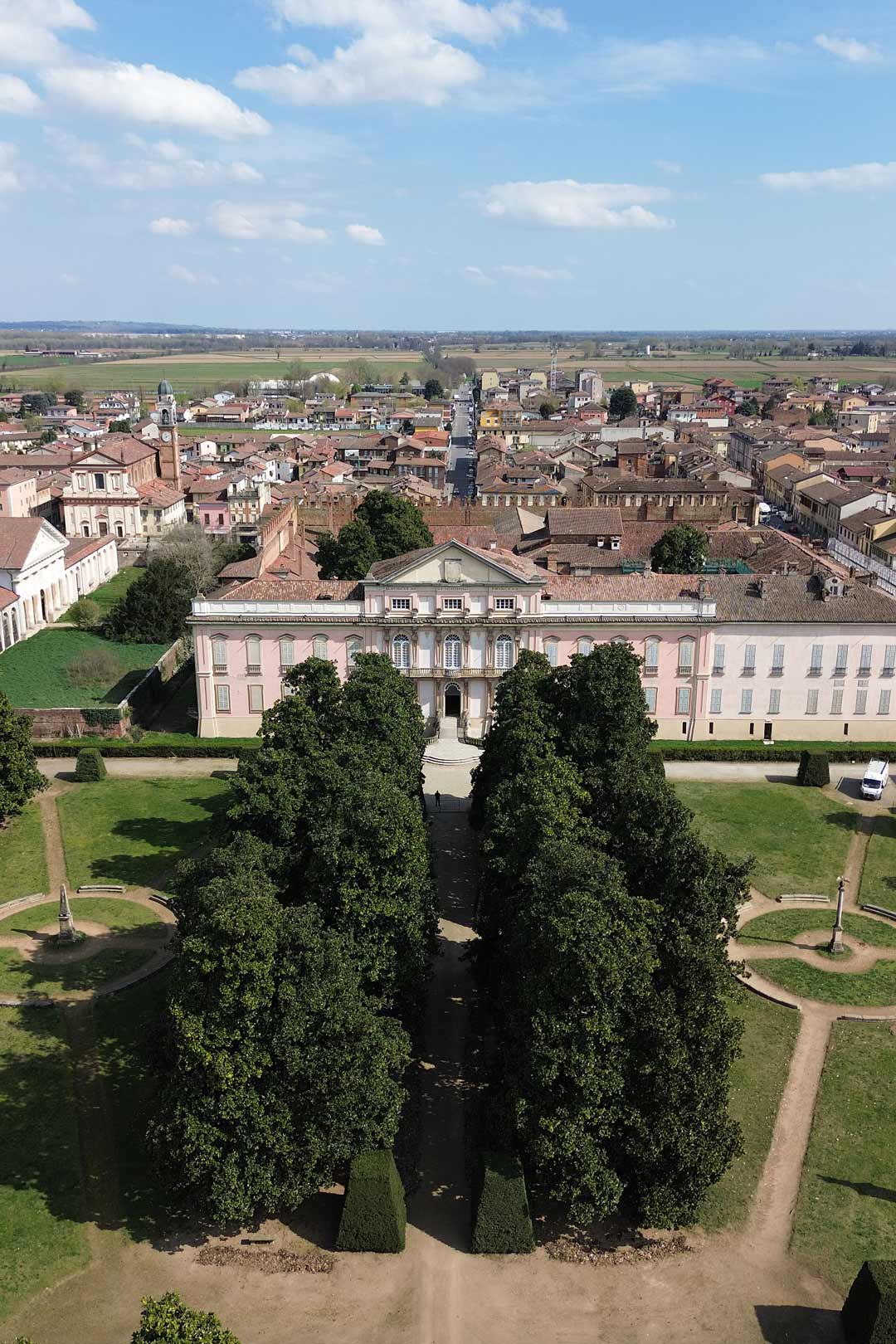
Introduction to Vintage Fashion
Vintage fashion, a term often intermingled with nostalgia and elegance, refers to clothing and accessories originating from previous eras, particularly those spanning at least 20 to 100 years old. This style is not just about the revival of old trends; it’s a celebration of history, craftsmanship, and the diverse narratives that clothes from different eras embody. In recent years, vintage fashion has seen a remarkable resurgence, becoming a statement in both the fashion industry and among style enthusiasts. Its appeal lies not only in its aesthetic uniqueness but also in its sustainability, offering a stylish rebuttal to the ephemeral nature of fast fashion.
In this exploration of vintage fashion, we journey through time, uncovering the roots of this enduring style, its evolution through various historical and cultural phases, and its current revival in the modern fashion landscape. From the corseted silhouettes of the early 1900s to the bold and experimental styles of the 1980s, vintage fashion mirrors societal changes and individual expression. This article aims to provide a comprehensive overview of vintage fashion’s rich history and its enduring impact on today’s fashion scene.
The Birth of Vintage: Early 20th Century
The early 20th century marked a pivotal period in fashion history, setting the stage for what we now celebrate as vintage fashion. This era was characterized by remarkable transformations, reflecting the societal shifts and technological advancements of the time.
The 1900s to 1920s: A Time of Elegance and Change
The Edwardian Era (1900-1910)
At the turn of the century, fashion was heavily influenced by the opulent tastes of the Edwardian era. Women’s fashion was dominated by the ‘S-bend’ corset, creating an S-shaped silhouette that emphasized a curvy figure. This period saw an emphasis on intricate details like lace, embroidery, and layers of fabric, showcasing the exquisite craftsmanship of the time.
The 1910s: War and Women’s Fashion
The First World War brought practicality to women’s fashion. As women entered the workforce, replacing men who went to fight, clothing became more functional. The corset was abandoned for simpler, more practical garments like the tunic dress. This shift signified a major change in women’s roles in society and, consequently, their fashion choices.
The Roaring Twenties: Flappers and Freedom
The 1920s, known as the Roaring Twenties, brought about one of the most iconic fashion revolutions. The era’s hallmark was the flapper dress, synonymous with the liberated woman. These dresses were shorter, looser, and allowed for greater movement, reflecting the decade’s spirit of freedom and defiance of traditional norms. The introduction of beads and fringes added a sense of glamour and festivity, mirroring the era’s exuberant mood.
This period also witnessed men’s fashion evolving from the rigid, formal styles of the Edwardian era to more relaxed and practical attire. The introduction of sportswear, softer fabrics, and less formal suits reflected a shift towards comfort and practicality in men’s fashion.
The early 20th century laid the foundation for what vintage fashion represents today – a blend of style, history, and cultural evolution. It was a time when fashion began to be more than just a symbol of status; it became a medium of personal expression and a reflection of societal changes.
Glamour and Resilience: 1930s to 1950s
This period in fashion history is marked by stark contrasts – from the glamour of Hollywood to the austerity imposed by the Second World War, followed by a return to luxury in the post-war era.
The 1930s: Hollywood’s Golden Age
The Influence of Cinema
The 1930s are often referred to as Hollywood’s Golden Age, and this was reflected in the era’s fashion. The film industry became a major influence on public style, with movie stars like Greta Garbo and Marlene Dietrich setting trends. Women’s fashion featured longer hemlines, more streamlined silhouettes, and an emphasis on elegance and sophistication. Evening gowns with bias cuts became popular, gracefully draping and accentuating the female form.
Men’s Fashion: The Dapper Gentleman
Men’s fashion in the 1930s saw a continuation of the move towards less formal attire. The double-breasted suit became a staple, epitomizing the dapper gentleman of the era. Accessories like fedoras and pocket squares added a touch of elegance, reflecting the refined style that was popular among Hollywood leading men.
The 1940s: Fashion During Wartime
Utility and Functionality
The Second World War had a profound impact on fashion. With resources rationed and fabric in short supply, the focus shifted to utility and simplicity. The 1940s saw the introduction of the Utility Clothing Scheme in the UK, which dictated the efficient use of fabric and simple designs. This led to the popularization of the boxy, shoulder-padded silhouette in women’s fashion, a stark contrast to the fluid styles of the previous decade.
The Make-do-and-Mend Culture
The war also gave rise to the ‘make-do-and-mend’ culture, encouraging people to recycle and repurpose existing garments due to material shortages. This not only reflected the resourcefulness of the time but also sowed the seeds for sustainable fashion practices seen today.
The 1950s: Return to Glamour and Femininity
Richard Avedon – Dovima with elephants, Paris, 1955
The New Look
Post-war prosperity brought a dramatic shift back to opulence in fashion. Christian Dior’s iconic ‘New Look’ in 1947 revolutionized women’s fashion with its cinched waists, full skirts, and emphasis on an hourglass figure. This new aesthetic celebrated femininity and luxury, a stark contrast to the utilitarian wartime styles.
The Birth of Teen Fashion
The 1950s also saw the emergence of the teenager as a distinct demographic, with their own unique fashion style. This was the era of rock ‘n’ roll, and with it came a fashion subculture characterized by leather jackets, jeans, and poodle skirts. Teen fashion became a symbol of rebellion and a breakaway from the conservative styles of the previous generation.
These three decades were a time of significant change, reflecting the ebb and flow of society through fashion. The 1930s to 1950s showcased the resilience of the fashion industry, its ability to adapt to changing times, and its influence on society and culture.
Revolution and Rebellion: 1960s to 1980s
Helmut Newton – Le Smoking, 1975
This period in fashion was characterized by a radical break from the past, with each decade bringing its own unique flavor and rebellion against traditional norms.
The Swinging Sixties: A Fashion Revolution
Youth Culture and Liberation
The 1960s marked a significant shift in fashion, heavily influenced by youth culture and a spirit of liberation. This era saw the emergence of the miniskirt, introduced by designer Mary Quant, which became a symbol of women’s liberation and a breakaway from conservative dress codes. The decade was also known for its vibrant colors, psychedelic prints, and a general sense of experimentation in fashion.
Icons and Trends
Fashion icons like Twiggy and Jean Shrimpton popularized the mod look, characterized by geometric patterns, A-line dresses, and PVC boots. The latter part of the ’60s saw the rise of the hippie movement, with its preference for flowing fabrics, ethnic prints, and a rejection of mainstream fashion.
The 1970s: Diverse Subcultures and Styles
The Disco Era and Glam Rock
The 1970s were a continuation of this trend towards diversification and individuality in fashion. The disco era brought with it glittery, body-hugging outfits, exemplified by the iconic Studio 54 style. At the same time, glam rock, led by artists like David Bowie, introduced androgynous and theatrical styles to mainstream fashion.
The Rise of Punk
The late ’70s saw the rise of the punk movement, which was as much a statement of political and social rebellion as it was a fashion trend. Punk fashion, characterized by its DIY ethic, included ripped clothing, safety pins, and a generally aggressive and confrontational style.
The 1980s: Boldness and Excess
Power Dressing and New Romanticism
The 1980s were all about boldness and excess. Power dressing became popular, reflecting the decade’s career-oriented ethos. Suits for women, characterized by wide shoulder pads, were a symbol of empowerment and equality in the workplace. The New Romantic movement, with its elaborate costumes and flamboyant styles, offered an artistic and theatrical approach to fashion, heavily influenced by historical dress.
The Influence of Pop Culture
Pop culture had a significant impact on fashion in the 1980s. Icons like Madonna and Michael Jackson influenced styles with their unique and often provocative outfits. Music videos, a new phenomenon at the time, became a powerful medium for fashion expression and dissemination.
This era of revolution and rebellion in fashion was a response to social changes and a desire for individual expression. The 1960s to 1980s were marked by a departure from tradition, an embrace of diversity, and a celebration of personal style.
Nostalgia and Revival: 1990s to Early 2000s

Bee by Irving Penn
This period is characterized by a nostalgic revival of past styles, blended with new trends that set the tone for the early 21st century.
The 1990s: Eclectic and Experimental
A Blend of Eras
The 1990s were marked by an eclectic mix of styles borrowed from previous decades. This era saw the resurgence of 1970s fashion elements like flared jeans and tie-dye, combined with the grunge and minimalist trends of the 90s. The grunge look, popularized by bands like Nirvana, was characterized by its laid-back and unpolished aesthetic, featuring flannel shirts, ripped jeans, and Doc Martens.
Minimalism and Designer Influence
Minimalism also took center stage in the 1990s, with designers like Calvin Klein and Jil Sander leading the way. This trend was characterized by simple, clean lines and a neutral color palette, contrasting sharply with the excess of the 1980s.
The Early 2000s: A Fusion of Decades
Y2K and Technological Influence
The early 2000s, often referred to as the Y2K era, was a time of technological optimism and futuristic fashion. This era witnessed the fusion of late 90s minimalism with more flamboyant details like metallics, glossy fabrics, and bold prints. The influence of pop stars like Britney Spears and Christina Aguilera was evident, with their styles defining much of the era’s youth fashion.
The Revival of Vintage Styles
Simultaneously, there was a growing interest in vintage fashion from the 1960s and 1970s. This revival was partly fueled by the rising popularity of thrift shopping and a growing awareness of sustainable fashion practices. Vintage clothing offered a unique, personalized style that stood in contrast to mass-produced fashion, leading to its growing popularity among fashion enthusiasts.
The 1990s and early 2000s were a period of looking back and moving forward, combining elements from the past with contemporary trends. This blend of nostalgia and innovation set the stage for the widespread resurgence of vintage fashion in the following decades.

